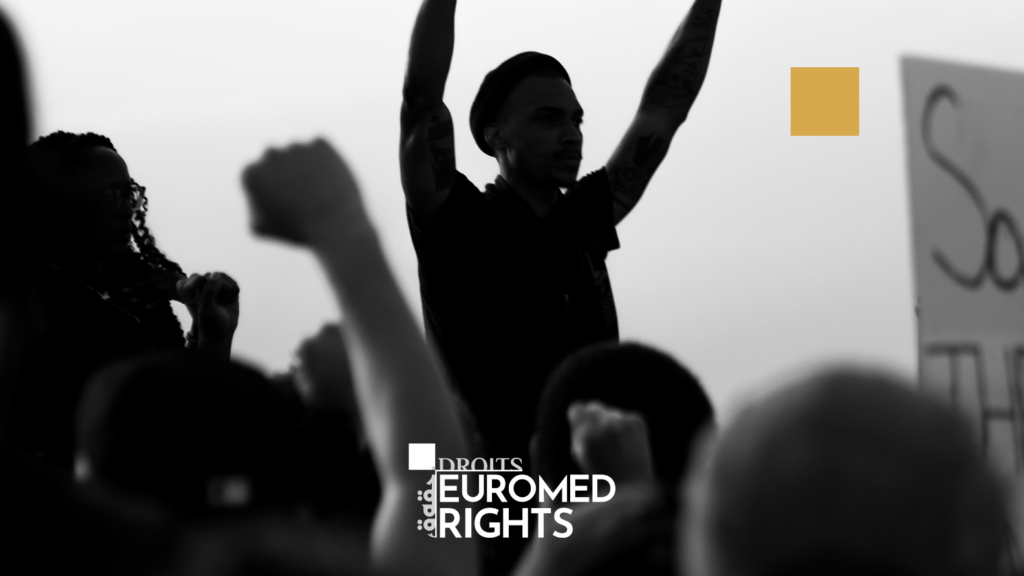A feminisation of migration means that, according to most statistics, women now make up around one half of the migrants worldwide. A UNFPA report on women and migration shows that there are 94.5 million women migrants, and that women make up 49.6 per cent of international migrants worldwide. In some cases, particular migratory flows are almost entirely female (e.g. figures for Italy show that migrant populations from the Philippines and Somalia are largely composed of women, whilst in France the majority of migrants from South East Asia are women).
A recent report claimed that women now make up 54 per cent of migrants to the enlarged European Union. Women, like men, migrate for a variety of different reasons and follow a wide range of migratory trajectories. However, the obstacles and dangers to migration may be different for women, with additional sources of insecurities related to gendered inequalities in their economic, social and political situation. Gender-related persecutions and violence may be the cause of women’s decision to migrate, but gender-related violence may not be recognised as a basis for protection in the country to which they migrate.
Women may also be vulnerable to violence during their journey to the Euromed region. This vulnerability may be increased by existing and developing policy frameworks and legislation on migration both at supra-national (EU) and national levels. Recent research has demonstrated, for example, the extent of violence against women asylum seekers as they attempt to reach one of the member states of the EU, or the growing problem of violence against sub-Saharan African women in Morocco by security guards and fellow migrants.
The study focuses on four case study countries; two – France and Italy – within the European Union, and two – Egypt and Morocco – which are Euro-Mediterranean partner states. It was conducted through both desk research and field work. To that purpose, in addition to analysing existing reports and statistics, the researchers interviewed representatives of civil society organisations, as well as officials (EU, UN, IOM and national authorities when possible) in each of the four countries. Field visits were conducted in Cairo, Casablanca, Oujda, Rabat, Brussels, Paris and Rome.

